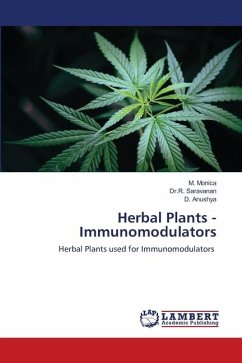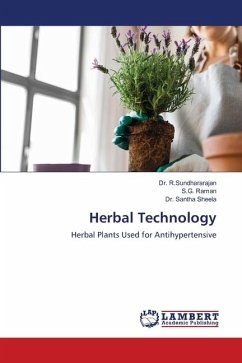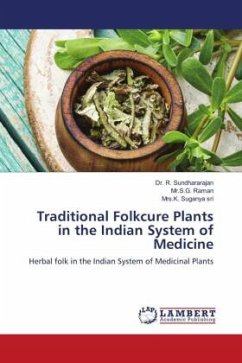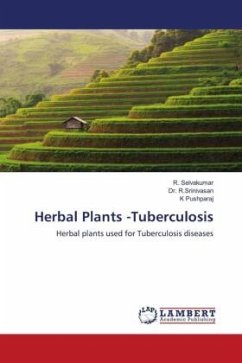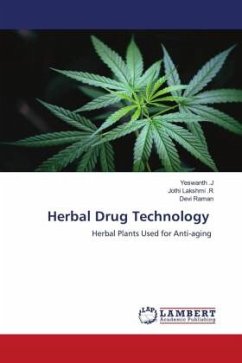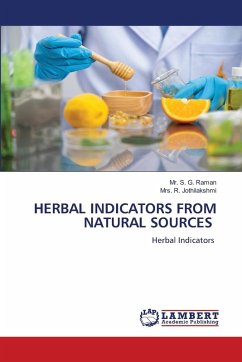
HERBAL INDICATORS FROM NATURAL SOURCES
Herbal Indicators
Versandkostenfrei!
Versandfertig in 6-10 Tagen
29,99 €
inkl. MwSt.

PAYBACK Punkte
15 °P sammeln!
Introduction: Herbal indicators are naturally occurring substances derived from plant sources that exhibit distinct color changes in response to variations in pH or chemical environments. These plant-based indicators serve as eco-friendly, biodegradable, and non-toxic alternatives to synthetic chemical indicators traditionally used in analytical chemistry and titrations.Sources of Herbal Indicators:Common plants that serve as sources of indicators include:Hibiscus rosa-sinensis (Shoe flower)Rosa indica (Rose)Beta vulgaris (Beetroot)Brassica oleracea (Red cabbage)Curcuma longa (Turmeric)Clitori...
Introduction: Herbal indicators are naturally occurring substances derived from plant sources that exhibit distinct color changes in response to variations in pH or chemical environments. These plant-based indicators serve as eco-friendly, biodegradable, and non-toxic alternatives to synthetic chemical indicators traditionally used in analytical chemistry and titrations.Sources of Herbal Indicators:Common plants that serve as sources of indicators include:Hibiscus rosa-sinensis (Shoe flower)Rosa indica (Rose)Beta vulgaris (Beetroot)Brassica oleracea (Red cabbage)Curcuma longa (Turmeric)Clitoria ternatea (Butterfly pea)These plants contain naturally occurring pigments such as anthocyanins, flavonoids, betalains, and curcuminoids that undergo visible changes under different pH conditions.Mechanism of Action:The color change in herbal indicators is due to the structural transformation of pigment molecules under acidic or basic conditions. Anthocyanins (found in red cabbage, hibiscus, rose) shift from red (acidic) to purple/blue (neutral) to green/yellow (basic).Curcumin (from turmeric) is yellow in acidic/neutral and turns reddish-brown in basic media.Applications in Research.



